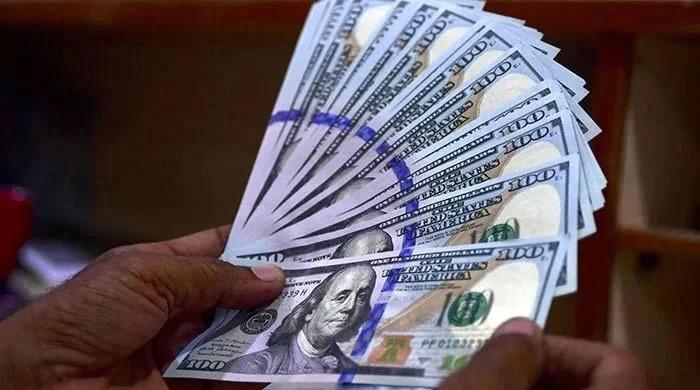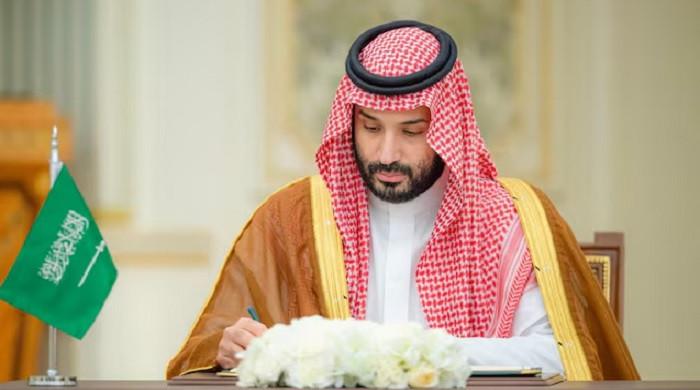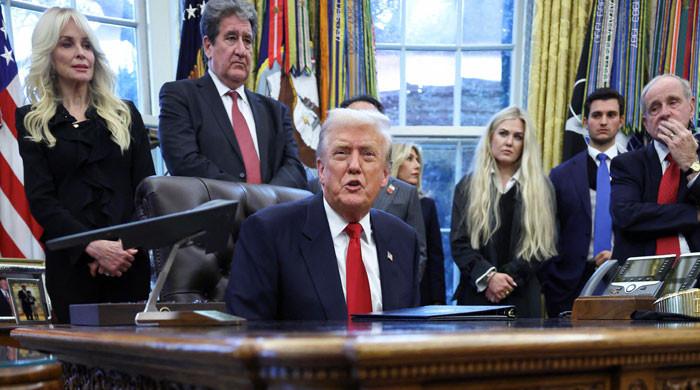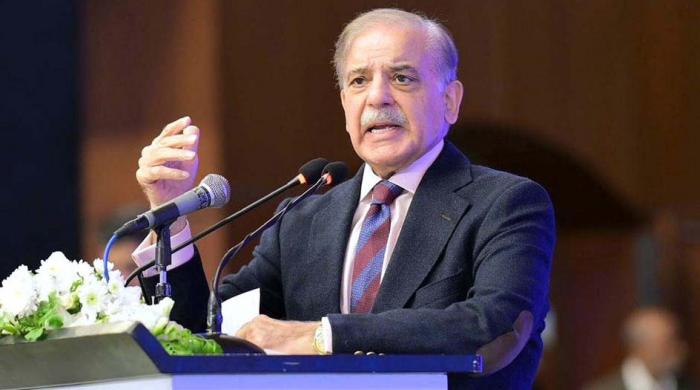SBP keeps key rate unchanged at 11% as Iran-Israel conflict escalates
Going forward, inflation expected to trend up and stabilise in target range during FY26, says MPC
June 16, 2025
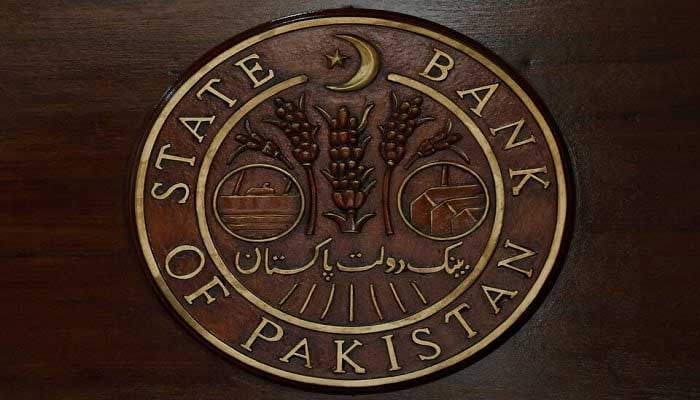
- Economic growth gradually recovering; 4.2% targeted for FY26.
- Widening trade deficit, weak inflows flagged as external risks.
- SBP reserves at $11.7bn; real interest rate seen as sufficiently positive.
Amid rising geopolitical tensions in the Middle East, the State Bank of Pakistan (SBP) on Monday held the key policy rate steady at 11%, citing inflationary risks and external uncertainties triggered by the escalating Iran-Israel conflict.
The decision follows a cut by the Monetary Policy Committee (MPC) last month as the central bank weighs macroeconomic stability against mounting global pressures.
The Middle East found itself plunged into a perilous new chapter of war following an unprecedented escalation of hostilities between Israel and Iran on Friday.
An unprovoked Israeli strike on Iran’s top military and nuclear figures in the dark of the night quickly escalated into a full-blown conflict, with heavy exchanges on both sides and regional stability at risk.
The SBP had lowered the interest rate by 100 basis points (bps) to 11% in its last meeting on May 5, mainly owing to steady disinflation. The central bank had cut the rate by 1,100 basis points since June from an all-time high of 22%.
“At its meeting today, the committee decided to keep the policy rate unchanged at 11%,” according to the MPC statement.
The MPC said that the increase in inflation in May to 3.5% year-on-year (y/y) was in line with its expectation, whereas core inflation declined marginally.
“Going forward, inflation is expected to trend up and stabilise in the target range during FY26,” the statement said.
The MPC also noted that economic growth is gradually recovering and is expected to gain further momentum next year, driven by the lagged impact of earlier policy rate cuts.
“At the same time, the Committee noted some potential risks to the external sector amidst the sustained widening in the trade deficit and weak financial inflows.
"Moreover, some of the proposed FY26 budgetary measures may further widen the trade deficit by increasing imports. In this regard, the Committee deemed today’s decision appropriate to sustain the macroeconomic and price stability,” according to the statement.
The MPC also cited the following developments:
“First, the real GDP growth for FY25 is provisionally reported at 2.7%, and the government is targeting a higher growth of 4.2% for next year.
“Second, despite a substantial widening in the trade deficit, the current account remained broadly balanced in April.
“Meanwhile, the completion of the first EFF review led to the disbursement of around $1 billion, which increased the SBP’s FX reserves to $11.7 billion as of June 6.
“Third, the revised budget estimates indicate the primary balance surplus at 2.2% of GDP in FY25, up from 0.9% last year. For next year, the government is targeting a higher primary surplus of 2.4% of GDP.
“Lastly, global oil prices have rebounded sharply, reflecting the evolving geopolitical situation in the Middle East and some ease in US-China trade tensions,” read the statement.
The MPC estimates that the real interest rate remains adequately positive to stabilise inflation within the target range of 5 – 7%.
“Furthermore, the Committee emphasised the timely realisation of planned foreign inflows, achievement of the targeted fiscal consolidation and the implementation of structural reforms as essential to maintain macroeconomic stability and achieve sustainable economic growth,” the statement emphasised.
Inflation forecast
The MPC’s initial assessment indicates that the recent budgetary measures to have a limited impact on the inflation outlook.
Nonetheless, some near-term volatility in inflation is expected before it gradually inches up and stabilises within the 5-7% target range.
This outlook, however, remains subject to multiple risks emanating from potential supply-chain disruptions from regional
geopolitical conflicts, volatility in oil and other commodity prices, and the timing and magnitude of domestic energy price adjustments.
Market buzz
A Reuters poll on Monday showed that the central bank was expected to hold its policy rate, as many analysts shifted their previous view of a cut in the wake of Israel's military strike on Iran, citing inflation risks from rising global commodity prices.
Israel said on Friday it targeted nuclear facilities, ballistic missile factories and military commanders in a "preemptive strike" to prevent Tehran from building an atomic weapon.
Several brokerages had initially expected a cut but revised their forecasts after the Israeli strikes sparked fears of a broader conflict.
The escalating hostilities triggered a sharp spike in oil prices — a worry for Pakistan given the broader impact on imported inflation from a potentially prolonged conflict and tightening of crude supplies.
The policy meeting follows the release of a tight annual budget, which saw Pakistan raise defence spending by 20%, but overall expenditure was reduced by 7%, with GDP growth forecast at 4.2%.
The government says the country's $350 billion economy has stabilised under a $7 billion IMF bailout that has helped it stave off a default threat.
Some analysts are sceptical of the government’s ability to reach the growth target amid fiscal and external challenges.
